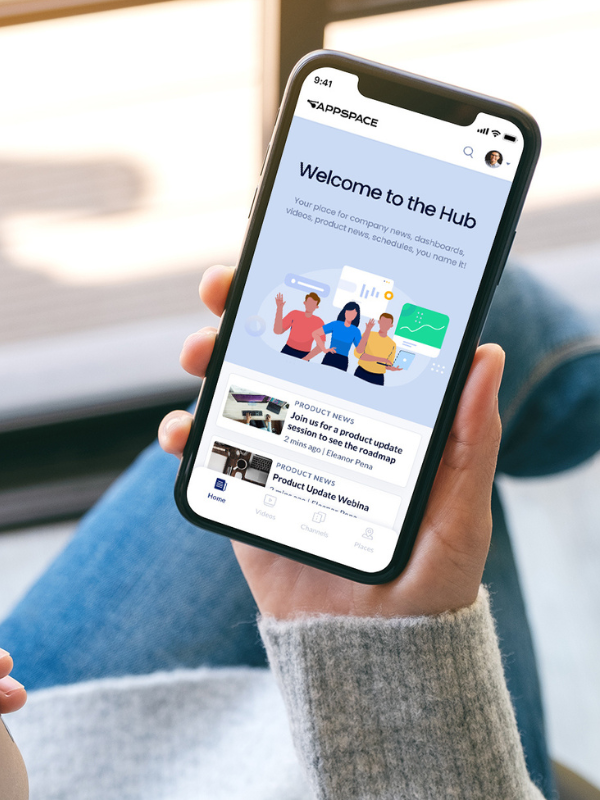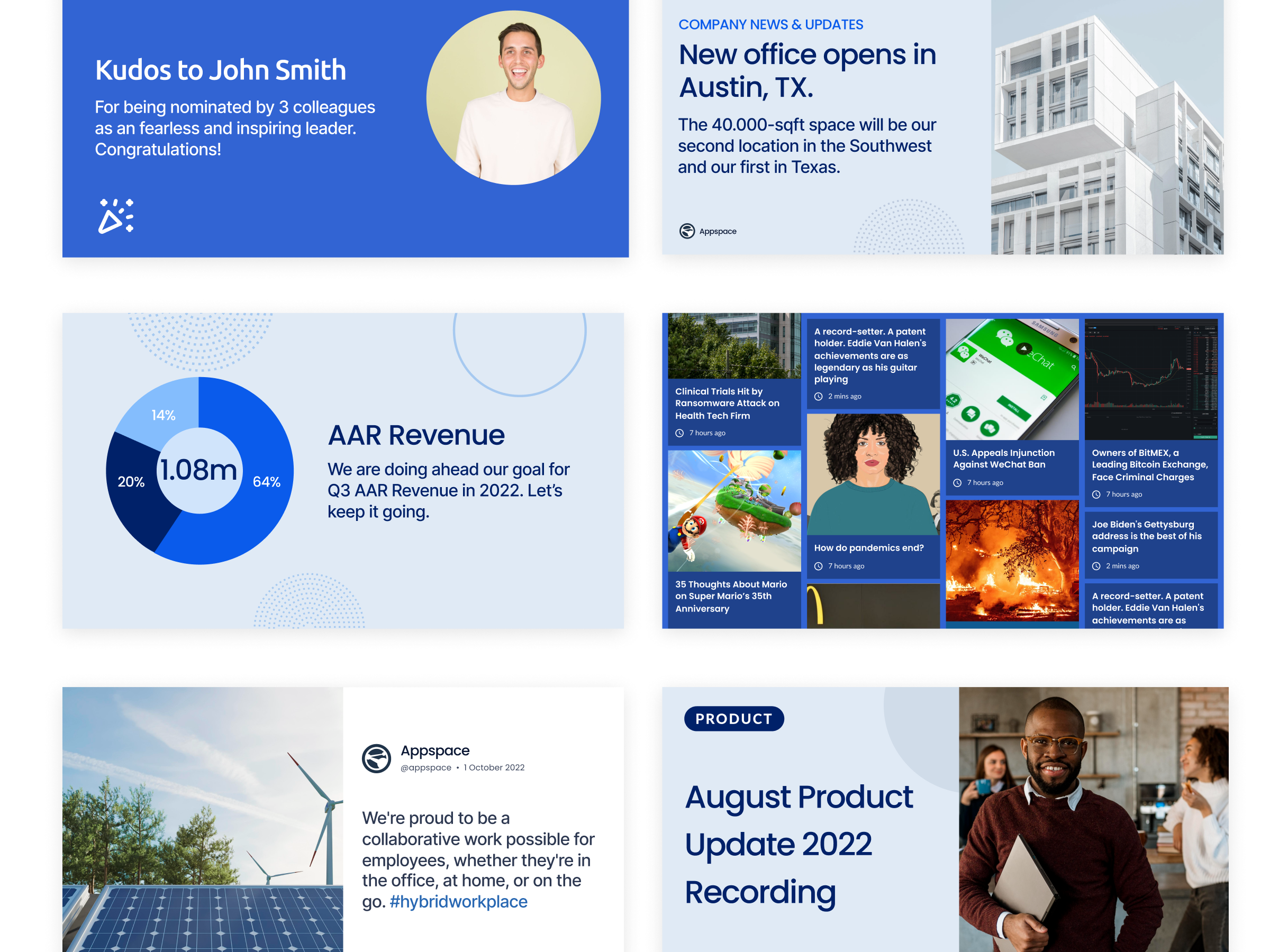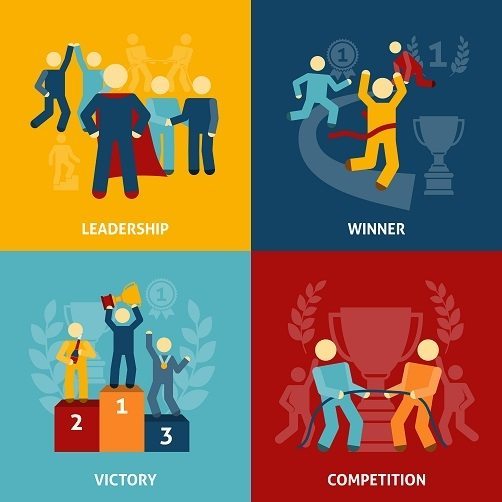Staying safe should be a top priority for everyone, both at work and at home. But it’s not. Employers know that reducing OSHA recordables by even 5% can translate into millions in savings and ensure a safer workforce. Yet companies struggle with instilling safe behavior among employees. Companies spend millions on safety training each year. Safety + Health Magazine just published its inaugural training survey which highlights the latest trends and critical factors in making training more relevant and engaging for today’s workforce.
Safety in the workplace presents a three-part challenge: Employees need to understand safety procedures, retain the information, and then put it into action. Safety training is no longer a check-the-box activity with traditional classroom learning. The solution needs to work for today’s multi-generational workforce which is challenged by high levels of distraction and short attention spans.
Facility Safety Management cites Walmart Logistics innovative approach to building a culture of safety in the workplace. Their goal was to make sure that safety went beyond the classroom to become part of the daily conversation. Tapping into innovative learning technologies, they employed micro learning techniques to reinforce bite-sized messages pulled from longer sessions. By using “repeated retrieval” they could reinforce learning by querying employees on the same subjects over time and then testing to prove that it was sticking.
Walmart did not stop there. While the repetitive approach accelerated learning, Walmart knew they needed to do more to improve engagement. Gamification was the answer. By making learning fun, setting up a reward system and creating competition, they have a winning combination. And it could be accessed in short sessions providing a welcome break from routine. Recently research has shown that 51.6% of employees are more motivated to engage in learning and return to it, if they can play a game.
Incentives are a key component to what makes gamification so effective. They can be based on recognition or prizes, or both. Walmart takes the public recognition route with leaderboards, report cards and badging. The results are impressive with 91% participation and a 54% decrease in recordable incidents. Other companies motivate employees with gift cards or a point system for prizes. Either way, by making it a game, it gets people talking and comparing notes all the while keeping safety in the workplace front and center in the conversation. It provides the employee recognition that workers want and they can win prizes. It creates a healthy competition that automatically keeps employees engaged to stay in the game, to see how they are doing. And who’s winning.
Extending the message to all workers
Another way to make your safety program come to life and reinforce it across your entire workforce is with workplace digital signage. Some companies have dedicated electronic message boards for safety communication. Others mix it in with a variety of company announcements and news. Either way, it works to keep safety top of mind for all workers.
6 Best practices for using digital signage to reinforce safety in the workplace
1. Maximize visual reinforcement. We’re 85% more likely to retain information when it’s communicated visually. Digital signage offers a platform for “marketing and advertising” your messages. Compelling visuals are sure to attract attention. When it comes to the message, think sound bites, not paragraphs. Post short video clips. Use colorful photos, illustrations, cartoons, infographics and simple charts to reinforce proper use of PPE, fall protection, safe driving, HAZMAT procedures and more.
2. Communicate one concept with many treatments. How many ways can you reinforce safe lifting or proper eye protection and still make it interesting? You’d be surprised. Visual communication makes it easy to vary your approach from straightforward do’s and don’ts to humorous, scary or outrageous photos that will grab workers’ attention and help you keep your message fresh. Don’t forget to include “safety don’ts” in the mix. Reverse psychology can be very effective.
3. Target the right message by location and audience. Think about where your workers are located and what safety procedures will be most relevant for them. Digital signage screens in the warehouse can run content on forklift safety, balanced loads, aisle safety and shrink. Whereas, in the plant the messages might reinforce lockout tag-out, machine guarding, hand protection and ear protection. Screens in the cafeteria are best for delivering health and wellness messages or off-the-job safety tips that are relevant to all workers.
4. Market in-house safety programs. Safety in the workplace is all about prevention. Do you reward employees for spotting hazards? If so, is everyone aware of the program? Treat it like a campaign. Give it a name, brand it and use the screens to announce and promote it, explaining the rules and rewards. Competition is great for employee engagement. Post pictures of the winners recognizing their contributions.
5. Post the evidence. Your recordables tell the story. Make sure they are front and center, current and highly visible. Use auto-counters to post days without accidents, or incidents. These metrics are the ultimate report card on how well workers are adhering to safety procedures.
Is it time to upgrade your safety training approach? Consider some of these proven techniques as a way to engage your workforce, generate enthusiasm and keep them focused on safety.




